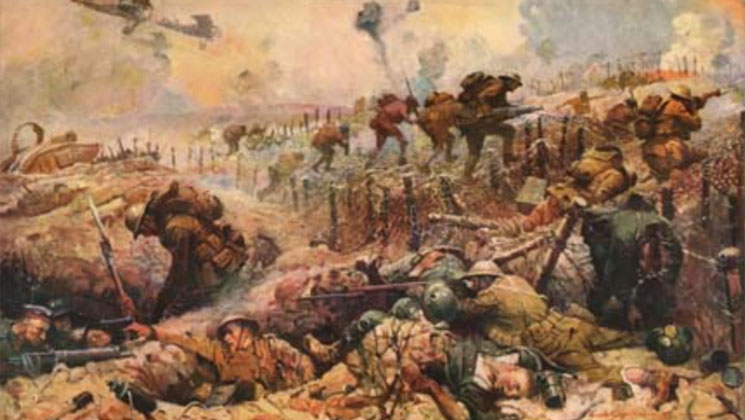
"Smashing the Hindenburg Line" by Frank Schoonover, Library of Congress image
Throughout our country and on little pieces of ground all around the world where Americans have fought, American flags are placed on the graves of those who paid the ultimate price for our freedom. Memorial Day, as is any day, an opportunity to thank a veteran. To look him or her in the eye, to shake their hands and thank them for their service.
But Memorial Day is far more than that. It is a day to remember and honor the memories of those who gave their lives wearing our country's uniform. To honor our war dead. These are men we cannot thank firsthand. So while we cannot do so in person, we can remember them. And this Memorial Day, I’d like to share the memory of Sgt. Thomas L. Hall, who died 99 years ago.
American Rifleman is working on a series of television shows and magazine articles chronicling the Americans who fought in the Great War. Of course, there’s going to be quite a lot on the guns, but there will be plenty on the men who carried them in harm’s way.
One of those men was Thomas Lee Hall, from Fort Mill, S.C. Born in 1893, Hall was a National Guard soldier who went to the Mexican border in 1916 during the Mexican Punitive Expedition.
By Oct. 8, 1918, Hall was a sergeant serving in G Company of the 118th Infantry Regiment, 30th “Old Hickory” Infantry Division. The 30th, along with the 27th, served under British command and alongside British and Australian troops. What many don’t know is that the standard infantry rifle of the 30th Division at this time was not the Model of 1903 Springfield or even the M1917 Enfield, but rather the Short, Magazine, Lee-Enfield Mk III in .303 British. And the bayonet on Hall’s rifle Oct. 8, 1918, was likely a Pattern 1907 sword bayonet with a 17” blade. And that will be relevant later.
On Oct. 8, 1918 near Montbrehain, France, the 118th Infantry's Company G was part of the assault of the Hindenburg line. This was a series of prepared defensive positions, rough terrain and well-sited pillboxes, the Germans retreated to after defeats earlier in 1918, and it was some of the toughest fighting of the war.
On Oct. 8, 1918, Sgt. Thomas L Hall and the other men of G Company went over the top, and the History of the 118th Infantry American Expeditionary Force, France said of this fight: “It was a case of the rifle against machine guns, light artillery and trench mortars.” On Oct. 8, 1918, Hall’s Company G went from 185 men to 37 that were not casualties. And Hall was not one of the 37. After having already taken two machine-gun nests, Hall told his men to stay under cover and advanced alone. He crawled 800 yds., then used his Lee-Enfield’s bayonet to silence a third gun position, and ultimately, gave his life attacking the fourth. All on one day, Oct. 8, 1918.
“Thomas Lee Hall (Deceased) sergeant, Company G, 118th Infantry. For conspicuous gallantry and intrepidity above and beyond the call of duty in action with the enemy near Montbrehain, France, October 8th, 1918. Having overcome two machine-gun nests under his skillful leadership. Sergt. Hall's platoon was stopped 800 yards from its final objective by machine gun fire of particular intensity. Ordering his men to take cover in a sunken road, he advanced alone on the enemy machine-gun post and killed five members of the crew with his bayonet and thereby made possible the further advance of the line. While attacking another machine gun nest later in the day this gallant soldier was mortally wounded. Home address. Fort Mill, S. C.”
Another South Carolinian serving in G Company 118th Infantry, Lt. James C. Dozier, was also awarded the Medal of Honor for his actions near Montbrehain on Oct. 8, 1918. Already wounded, Dozier told his men to stay back while he and another soldier crept up on a German machine gun positions, and he killed them all with his pistol and hand grenades. Dozier continued to serve in the National Guard, retiring as lieutenant general in 1959.
“The idea that the American soldier did not have a superior in open warfare had been proved …” wrote the regimental historian of the battles that broke the Hindenburg Line and helped bring Germany to its knees, including Montbrehain. “The dreaded price had been paid in the severe losses sustained, but the great ultimate object, success in battle, had been attained.” Thomas Lee Hall paid that “dreadful price.” For his extraordinary bravery, Sgt. Hall was posthumously awarded the Medal of Honor. Today, he is buried at Unity Cemetery in Fort Mill, S.C., and it is my hope and belief that there is a little American flag on his final resting place. We owe it to him—and all who gave the last full measure—to remember them, today.












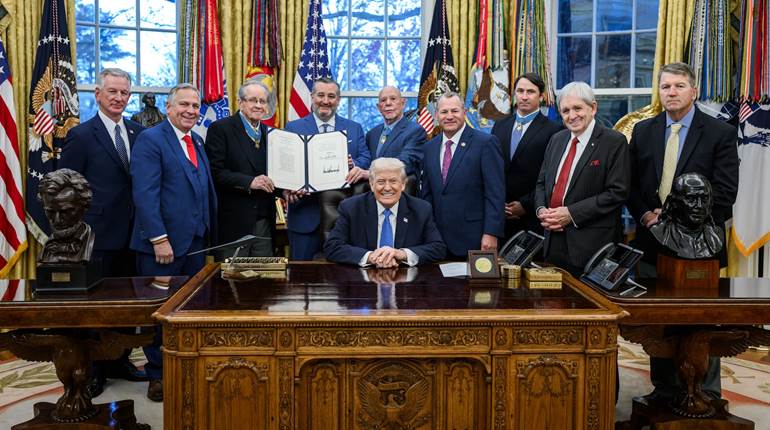
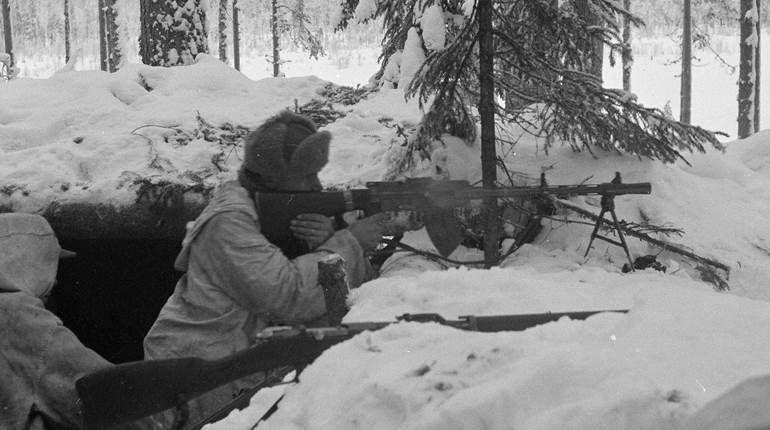
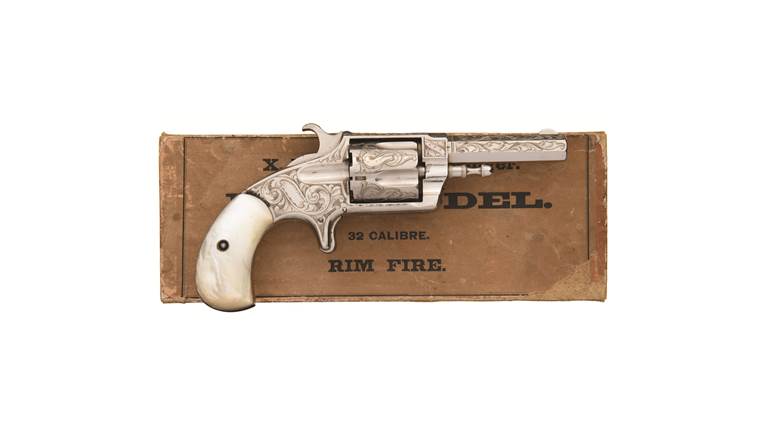
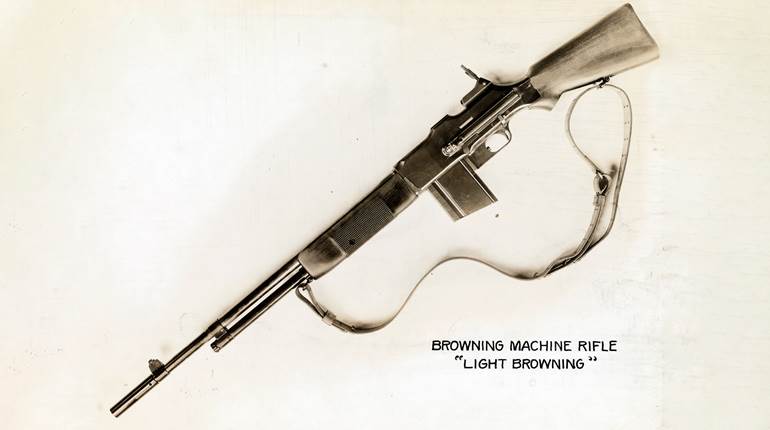



![Auto[47]](/media/121jogez/auto-47.jpg?anchor=center&mode=crop&width=770&height=430&rnd=134090788010670000&quality=60)
![Auto[47]](/media/121jogez/auto-47.jpg?anchor=center&mode=crop&width=150&height=150&rnd=134090788010670000&quality=60)
















